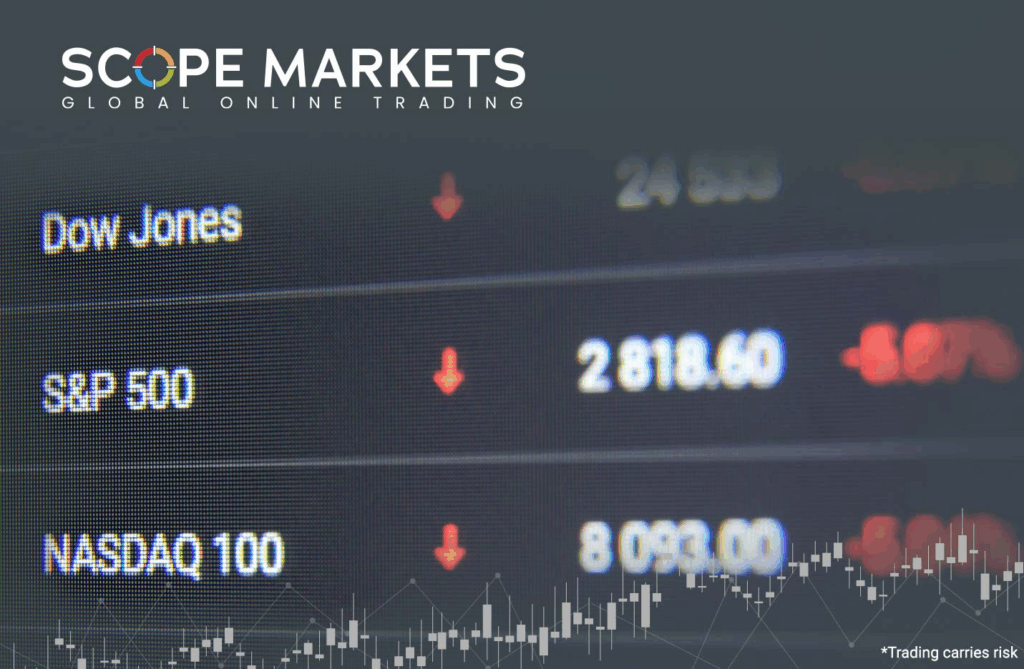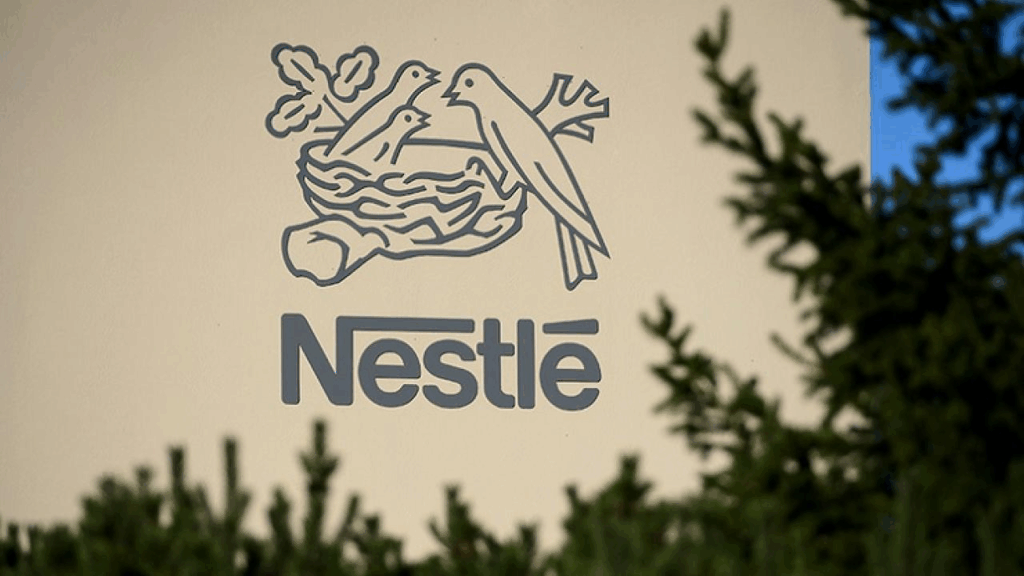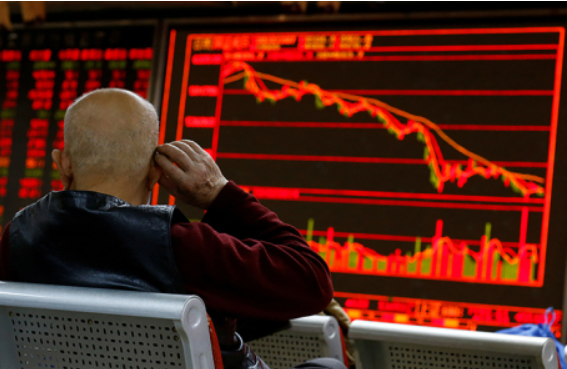📊 Investors returned after a long holiday weekend, and the morning immediately began with volatility in global markets. After several days of pause, market participants are actively assessing fresh economic data, corporate news, and geopolitical events.
▪️ US futures remain in the red

Pressure on the indexes comes from expectations of weak manufacturing data: the ISM PMI index is forecast by analysts to fall below the 50 mark, signaling a possible recession in the manufacturing sector. Investor nervousness is heightened by the upcoming Friday jobs report (Nonfarm Payrolls, NFP), which traditionally acts as a catalyst for moves in stocks and bonds.
Futures are showing moderate losses, but some sectors remain in the green — particularly technology stocks with long-term growth potential, despite short-term corrections.

▪️ Gold back in the spotlight
- Spot price reached $3,508/oz
- December futures trading above $3,570/oz
Investors are once again actively buying precious metals, viewing them as a safe-haven asset amid tariff uncertainty and expectations of a Fed rate cut. Lower rates reduce bond yields and make gold more attractive for capital preservation.
Silver and platinum are also showing gains, reflecting demand for “safe havens” and industrial demand for metals. Gold’s rise is especially notable against the US dollar — dollar weakness is also supporting precious metals prices.
▪️ Nestlé (NESN) — new management crisis
Shares -2.5% after the sudden resignation of CEO Laurent Freixe due to violation of the corporate code of conduct.

This is the second CEO the company has lost in a year, creating pressure on shareholder value and growth strategy. Despite a fundamentally strong brand and stable product portfolio, management issues raise investor concerns: how will the company implement long-term plans for innovation and expansion in emerging markets?
Analysts note that corporate scandals and leadership instability can lead to short-term stock volatility, even if underlying financials remain positive.
▪️ Oil remains in investor focus
- Brent $68,7 (+0,9%)
- WTI $65,2 (+1%)

The market is balancing between geopolitical risks (the Russia–Ukraine conflict and potential sanctions) and rising OPEC+ output. In September, the key factor will be demand dynamics after the summer season and compliance with quotas.
The energy sector remains sensitive to news: investors are watching inventories, drilling reports, and shifts in export flows, as these factors determine short-term fluctuations and the monthly trend.
What this means for investors
- Precious metals remain a safe-haven asset amid rate cuts and trade uncertainty.
- Stocks may remain under pressure until Friday’s NFP release.
- Nestlé is a clear example of corporate risks: a strong brand does not guarantee stable stock growth when leadership is unstable.
- Energy remains in focus — the balance of supply and demand, geopolitics, and OPEC+ quota compliance will determine oil price direction in September.

👉 Key events ahead
- Today: ISM PMI — a key indicator of manufacturing sector activity.
- Friday: Nonfarm Payrolls (NFP) — the US jobs report, which traditionally has a major impact on stock market and currency dynamics.
Investors should monitor volatility and asset allocation, taking into account the combination of macroeconomic factors, corporate news, and geopolitical risks.
All content provided on this website (https://wildinwest.com/) -including attachments, links, or referenced materials — is for informative and entertainment purposes only and should not be considered as financial advice. Third-party materials remain the property of their respective owners.


